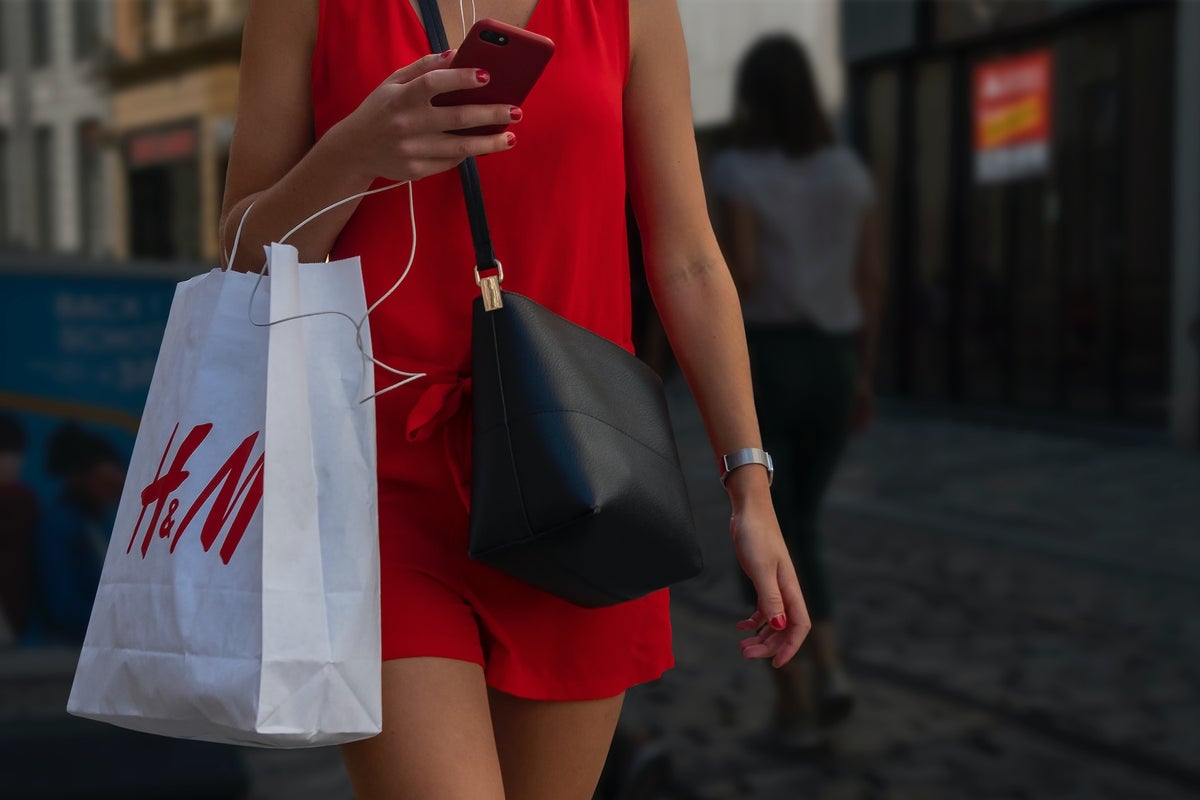
In a world the place traits evolve quicker than you’ll be able to say “outdated,” two industries have emerged because the epitome of adaptability: quick vogue and the hashish business.
Whereas seemingly worlds aside, they share frequent floor of their relentless pursuit of innovation and their capability to maintain up with ever-changing market calls for. However what makes these two industries unlikely bedfellows?
Information-driven Design
Quick vogue, as embodied by corporations like Zara ITX and H&M HM, revolves round ever-changing vogue traits and quickly producing cheap clothes to satisfy customers’ insatiable calls for.
This business retains up with the rotation of kinds each season, making use of data-driven designs primarily based on retail gross sales traits and cultural scenes, very similar to the hashish business’s rotation of genetics. One putting parallel is that this data-driven method that each industries undertake.
Quick vogue manufacturers, together with giants like Hennes & Mauritz and Inditex, meticulously analyze client conduct, gross sales traits and cultural influences to design and produce clothes that cater to their prospects’ evolving tastes.
Equally, the hashish business employs knowledge analytics to create strains and merchandise that align with client preferences, guaranteeing the continued recognition of their choices.
Hashish breeders tirelessly compete to develop the subsequent sensational pressure, very similar to vogue designers creating new clothes collections.
They cross mother or father strains selectively, aiming to mix fascinating traits and introduce novel options, flavors and results.
Very similar to Gelato, Cookies and Runtz did a number of years in the past, these sought-after strains develop into market sensations. This relentless pursuit displays the dynamic and progressive nature of the hashish business.
Mass Manufacturing, Low Costs
One other connection lies within the commoditized nature of hashish flowers, akin to the mass-produced clothes objects in quick vogue.
Each provide all kinds of choices, from accessible flowers to high-end boutique high quality buds or unique, limited-edition vogue items.
This method provides customers the liberty to decide on merchandise that swimsuit their wants and budgets.
Adaptability and Environmental Impacts
The 2 industries share an inherent flexibility to adapt to market adjustments. Simply as quick vogue manufacturers swiftly alter their collections in response to shifting traits, the hashish business can pivot to deal with the altering authorized panorama and client preferences.
This capability to evolve is essential for his or her long-term survival.
Nonetheless, it is price noting that each industries can have vital environmental impacts. Quick vogue, with its emphasis on fast manufacturing and disposal, contributes to large waste and air pollution.
Equally, the hashish business’s energy-intensive cultivation practices can have detrimental results on the atmosphere.
Each sectors must prioritize sustainability and accountable practices to mitigate their ecological footprint as they proceed to evolve within the fashionable market.
Three Arguments In opposition to the Hyperlink
Skeptics would possibly argue that evaluating hashish and quick vogue is a flawed analogy on account of basic variations between the industries. For instance, the regulatory frameworks governing these sectors differ drastically, with hashish topic to stringent authorized restrictions.
Moreover, the character of their merchandise varies significantly, as hashish is a consumable with distinctive therapeutic properties, usually related to boutique high quality, far faraway from the ephemeral and standardized nature of quick vogue designs.
We may argue that quick vogue’s detrimental environmental affect is much extra substantial than that of the hashish business, which regularly operates on a smaller scale with fewer ecological repercussions.
Photograph by Fernand De Canne on Unsplash.
Supply Hyperlink : https://kalender.uk/


